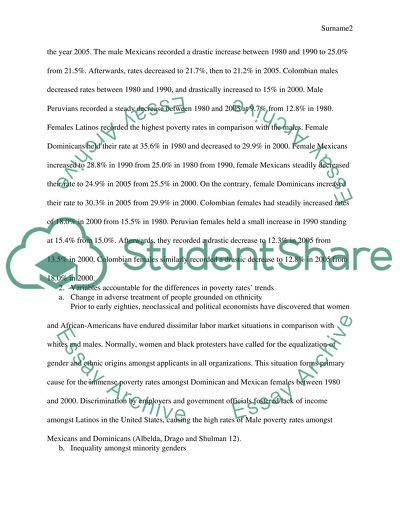Cite this document
(“Income and Poverty Trends among Racial/Ethnic Groups in the United Essay”, n.d.)
Income and Poverty Trends among Racial/Ethnic Groups in the United Essay. Retrieved from https://studentshare.org/history/1434695-income-and-poverty-trends-among-racial-ethnic
Income and Poverty Trends among Racial/Ethnic Groups in the United Essay. Retrieved from https://studentshare.org/history/1434695-income-and-poverty-trends-among-racial-ethnic
(Income and Poverty Trends Among Racial/Ethnic Groups in the United Essay)
Income and Poverty Trends Among Racial/Ethnic Groups in the United Essay. https://studentshare.org/history/1434695-income-and-poverty-trends-among-racial-ethnic.
Income and Poverty Trends Among Racial/Ethnic Groups in the United Essay. https://studentshare.org/history/1434695-income-and-poverty-trends-among-racial-ethnic.
“Income and Poverty Trends Among Racial/Ethnic Groups in the United Essay”, n.d. https://studentshare.org/history/1434695-income-and-poverty-trends-among-racial-ethnic.


